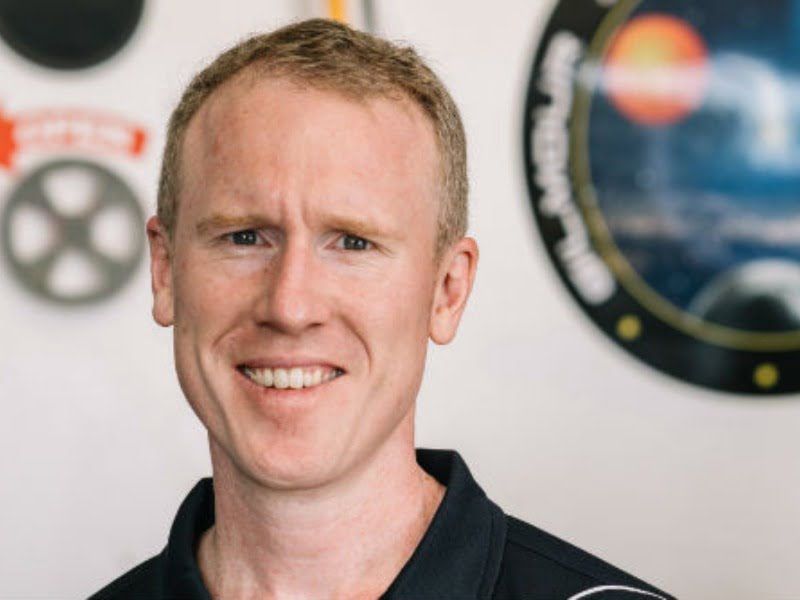A non-binding statement of intent and cooperation doesn’t sound like it would carry much weight. But when it’s a small Queensland rocket startup seeking customers for its first commercial launch, an agreement with the Australian Space Agency brings cache and the imprimatur of endorsement.
Gilmour Space Technologies founder Adam Gilmour says the company is on target to deliver its first commercial launch in two years. If it gets there, the company will become the first private Australian company to enter the launch business, ushering in a new industry to this country and a new era.
Not bad for a bloke who left a 20-year career in financial services at Citi to build and launch rockets.

Gilmour Space Technologies has been working closely with the Australian Space Agency in providing input on the regulatory environment for the launch industry in this country.
The fact that the space agency has signed a Statement of Strategic Intent and Cooperation is hugely beneficial as a signal of support, Mr Gilmour says. When reaching out for customers across the world, having a document in your back pocket outlining a formal relationship with the national space agency costs nothing but sends a powerful message.
It is a wonder that more government departments and agencies don’t use the simple heft weight of the government brand to give more support to smaller Australian companies as they reach into world markets.
“It’s a semi-formal way of recognising what we’re doing [together] and talking about the adjacency of where [Gilmour Space Technologies] strategies align very, very closely with the Australian Space Agency,” Mr Gilmour told InnovationAus.
“Potential customers look at a whole range of things. They look at your technology. They look at your funding. They look at your headcount and at the people in your organisation. But the more you can put on the table helps, and an agreement with your space agency helps. It’s about as supportive as it gets,” he said.
Gilmour Space Technologies has already attracted the attention of the US space administration NASA and has been engaged to develop technologies in support of NASA’s ambitious Mars program.
Mr Gilmour says government’s targeted investment strategy through its $11 million International Space initiative (ISI) fund and the $150 million it has pledged to the US Artemis program in which humans will return to the moon by 2024 and then beyond to mars.
Targeted R&D grants are the right way to build specific capability, he says. If there is an issue, its around scale. “I wouldn’t be surprised if they got $200 million worth of grant applications for $11 million of funds.”
The Artemis program will deliver results. Although it is NASA-driven, the money earmarked for the program by the Australian Government is specifically for industry development in this country.
“The [Artemis] money has got to be spent in Australia, on Australian companies. It’s not going to be given to NASA, it’s going to be spent in Australia,” Mr Gilmour said.
That grants model is a good way to accelerate the engagement of Australian R&D into global supply chains. It makes Australian research more cost competitive at a time when the industry is building.
Mr Gilmour says if there is a pain-point for the sector, it has been in getting access to global skills. He says Australia produces excellent engineering talent, but product management niche skills n a globally competitive space sector simply had not yet been produced locally.
“That’s been painful, but I have given feedback to the government about that, and they have responded well,” Mr Gilmour said. “And we have been hiring a lot of foreign talent.”
“Most of the management team of all the sub-products of the rockets come from overseas rocket companies,” he said.
“And so they’re now sitting inside our company and training all of the young Australian engineers on how to build rockets. And so we’re creating a new industry here with the help of these skilled visas.”
Meanwhile, the Australian Space Agency in the market for a new chief, announcing on Monday that it had initiated a global search for a replacement for Dr Megan Clark who completes her term as the Head of the Australian Space Agency in the middle of next year.
Industry Minister Karen Andrews Dr Clark had helped show the world that Australia is a serious player in space technology and exploration.
“The job of our next agency head will be to build on that foundation by helping Australian businesses secure a bigger share of the space race,” Ms Andrews said.
“The next agency head doesn’t just have big shoes to fill replacing Dr Clark, they will need the drive and vision to lead an Australian space sector that is moving fast.”
Do you know more? Contact James Riley via Email.

